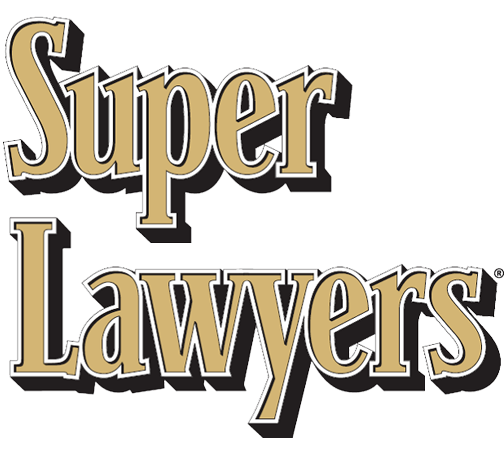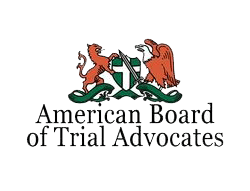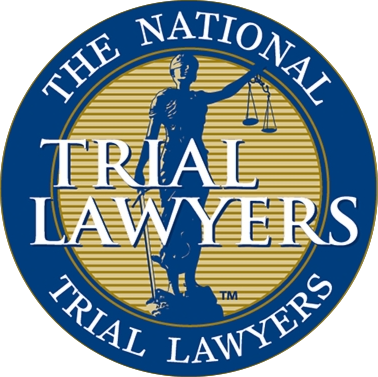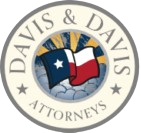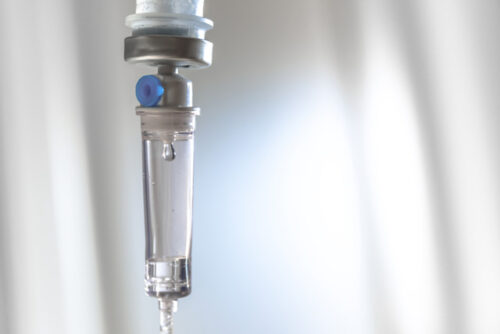
Anesthesia is crucial for ensuring a painless and safe surgical procedure, as it blocks pain signals from reaching the brain. An anesthesiologist’s role is to administer and monitor anesthesia effectively. However, mistakes can still occur, leading to serious injuries and complications. Proving fault in an anesthesia error case requires demonstrating that the anesthesiologist failed to meet the standard of care, directly causing harm. This involves a detailed investigation and collection of evidence.
With the help of the experienced anesthesia error lawyers at Davis & Davis, you can build a strong case to seek the compensation you deserve. We have over 70 years of combined experience in handling complex medical malpractice claims. Our team will guide you through every step, creating a customized legal plan based on your specific needs. Our dedication and reliable communication provide you with peace of mind.
How to Prove Fault in Anesthesia Malpractice Cases
Proving fault in anesthesia malpractice cases involves demonstrating that the anesthesiologist failed to meet the required standard of care, resulting in harm to the patient. This process begins with establishing the duty of care, showing that a patient-anesthesiologist relationship existed and that the anesthesiologist had a legal obligation to provide competent medical care. Next, it must be proven that the anesthesiologist breached this duty by acting in a way that deviated from accepted medical practices. This could include errors like administering the wrong dosage, failing to monitor the patient’s vital signs properly, or not responding adequately to complications.
Once a breach of duty is established, the patient must demonstrate causation, which shows that the anesthesiologist’s actions directly caused their injury. This step often requires comprehensive medical evidence and expert testimony to link the breach of duty to the harm suffered.
Lastly, the patient must prove they experienced significant damages due to the anesthesia error. These damages could be physical injuries, additional medical expenses, lost wages, and emotional distress.
How a Dedicated Medical Malpractice Lawyer Can Help
The team at Davis & Davis can help by navigating the complexities of an anesthesia malpractice case, ensuring no detail is overlooked. We thoroughly investigate each claim, gathering crucial evidence like medical records, expert testimonies, and witness statements to build a strong case. Our deep understanding of medical malpractice law allows us to identify specific breaches in the standard of care that led to your injuries. With our experience, we negotiate effectively with insurance companies or represent you in court to seek the compensation you deserve.
Our commitment to our clients means we fight tirelessly on your behalf, providing the support and skills needed to hold negligent parties accountable. By managing the intricate details of your case, from filing paperwork to meeting deadlines, we strive to make the legal process as smooth as possible for you.
Injured in an Anesthesia Incident? We Can Help
When facing the aftermath of anesthesia malpractice, having a dedicated medical malpractice lawyer on your side can make all the difference. At Davis & Davis, we leverage over 70 years of combined experience to investigate your claim thoroughly, gathering crucial evidence such as medical records, expert testimonies, and witness statements. Our deep understanding of medical malpractice law allows us to pinpoint specific breaches in the standard of care, which is essential in building a strong case. We strive to negotiate effectively with insurance companies or represent you in court to seek the compensation you deserve.
Our commitment to our clients means we handle all legal aspects, letting you focus on your recovery. We fight tirelessly on your behalf, managing the intricate details of your case from start to finish. If you or a loved one suffered due to anesthesia malpractice, contact us at (888) 522-9444 or fill out our contact form to schedule a no-cost consultation.


